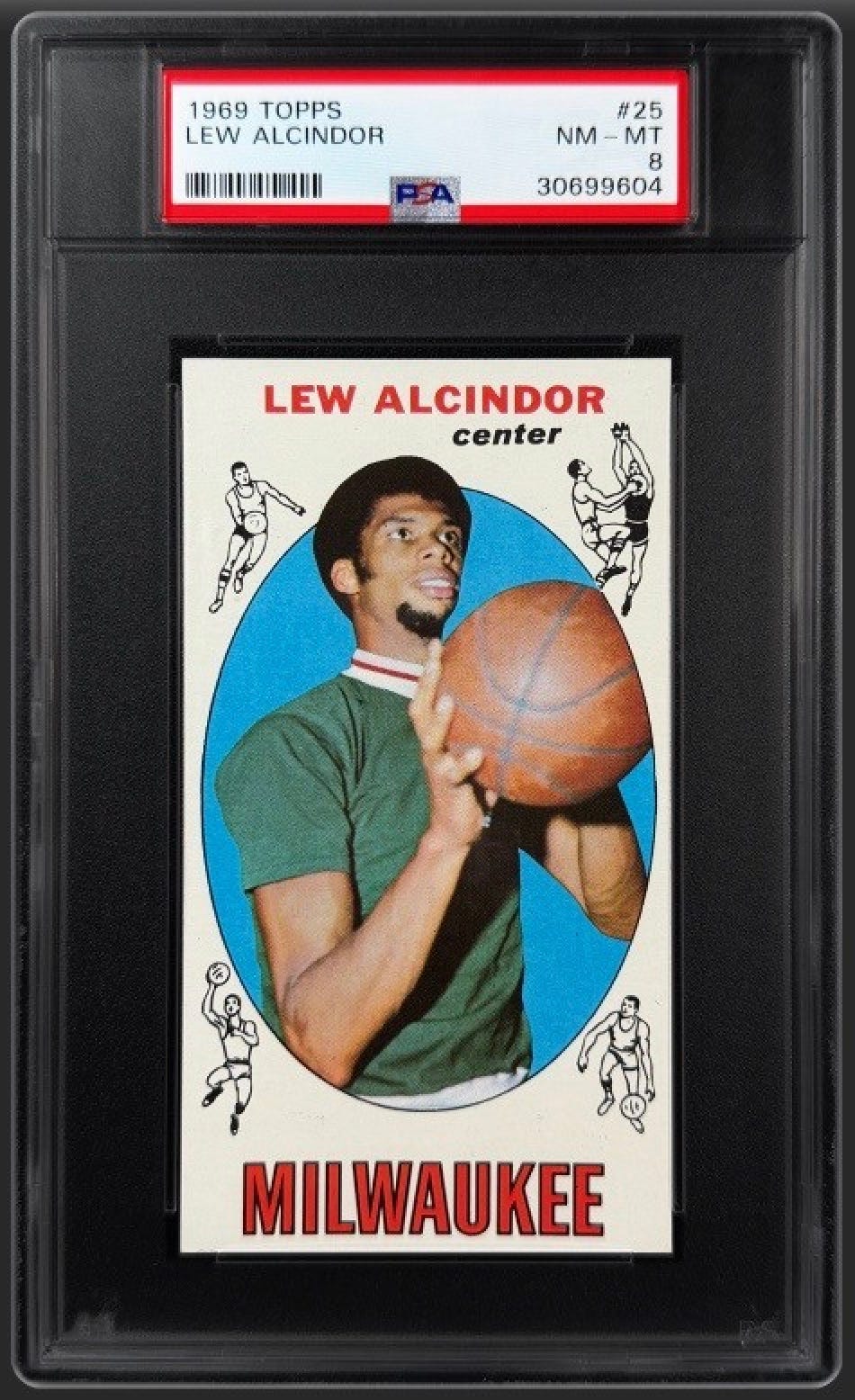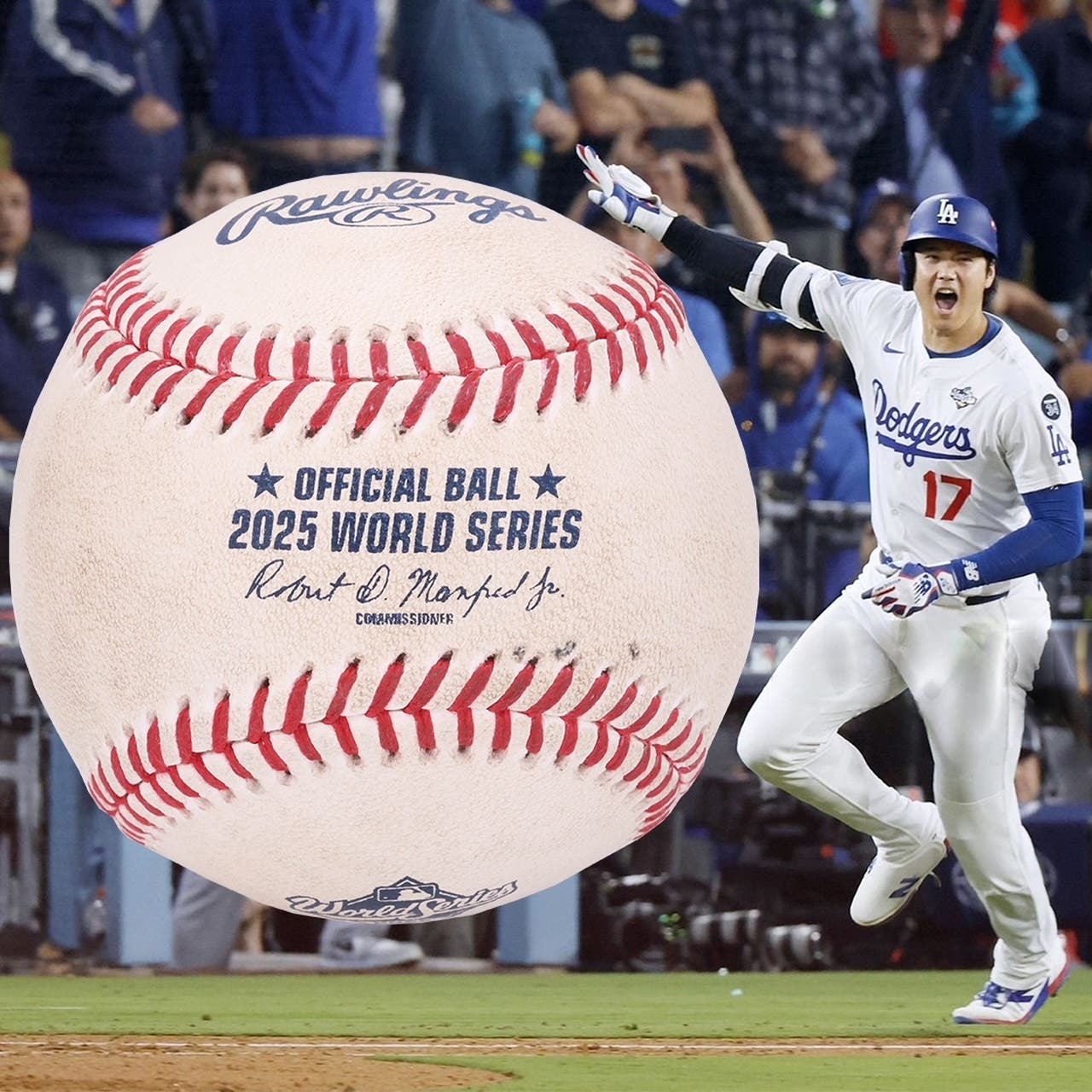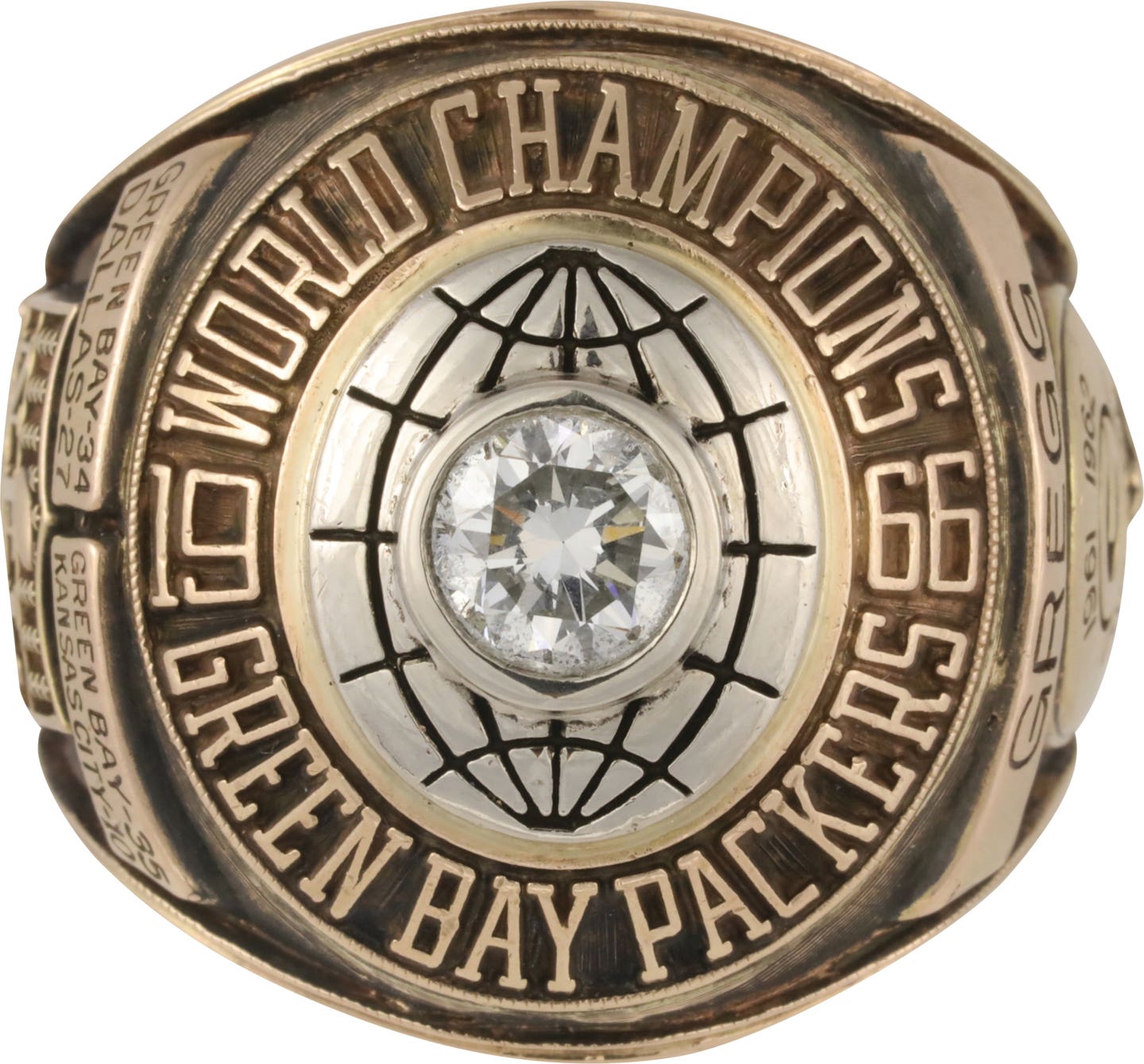Collecting 101
Graded wax packs still have the ‘might’ factor – P
Unopened wax packs, to most collectors, represent potential.
They're waiting to be ripped open, afterthoughts en route to collection enhancing, set building, or slabbing for the lucky collectors and dealers who get rookies from a pack worth the cost of submitting to a grading service.
Card company marketing efforts feed into this: What pack has a chance of remaining unripped when collectors are sold on a product, with slick ads and advertising campaigns that espouse - to great lengths - what treasures lie in wait under the wrapper for lucky collectors?
Vintage collectors aren't immune to this, either. Let's say one finds an old pack "in the wild" that potentially could have a gradable rookie fetching up to five figures on eBay, even if it doesn't grade mint or gem? No way is that pack staying unopened.
Because of the current market - and because of the little voice in every collector's head screaming "packs were made to be opened, let's see what's inside" - for most vintage baseball, football, basketball and hockey series, unopened packs are rare or at least uncommon.
Whether they plan to open them or keep them unopened in collections, enough people compete over what few unopened packs remain from the 1940s-70s that it has grown into a collector category unto itself.
PSA, GAI grading packs
PSA recently began grading packs and the slabs still are working their way into the market. PSA president Joe Orlando said hobbyists had lobbied him for a while to do pack grading.
Once the company worked out the logistics of the slabs, it brought the service online a few months ago. Some packs aren't yet eligible for PSA grading, but more will as the company works out the holder issues involved with each series, such as vintage Tall Boys.
"There was some real serious interest in doing this," said Orlando, who adds that his research found it's not just collectors specializing in packs chasing graded wax.
"It's a fun option for traditional card collectors - unopened packs make for a very complementary piece to a set collector," he said.
To that end, Orlando says, PSA's thinking about adding packs to the master sets in his company's ever-expanding roster of set registries.
GAI packs are already on the market; the company launched its pack-grading service several years ago. Common logic among collectors and the graders alike says that the most significant piece of pack grading is the authentication and third-party guarantee that the pack hasn't been opened, removed of its rookies/star cards, and resealed with commons.
Market analysis
"Pack grading only refers to the integrity of the pack itself and has no bearing on the cards inside," said collector Frank Evanov, who buys graded packs and keeps some sealed but opens others.
He admits he's sometimes disappointed with the cards inside vintage graded packs.
"I have opened lowly graded packs and gotten beautiful mint cards and vice versa," he said.
PSA pack expert Steve Hart of Baseball Card Exchange in Lynwood, Ill., who said he handles authentication and does not assign grades to packs, confirms that condition is less significant with packs than it is with single cards.
"The authenticity is most important," Hart said. "The difference between a 7 and a 9 in a card is humongous. Whereas in a pack, the most important thing is that it's real and not tampered with."
Yet in the highest grades, collectors do fork over big bucks on occasion, as evidenced by the following auctions:
? $19,704: 1975 Topps (96) rack-pack lot, all GAI graded (Mastro)
? $7,801: 1952 Topps unopened pack, GAI 8 (eBay)
? $7,340: 1954 Topps Baseball unopened five-cent wax pack, lot of three GAI graded (Mastro)
? $6,011: 1952 Topps unopened pack, GAI 8.5 (eBay)
? $3,700: 1953 Topps Baseball five-cent wax pack, GAI 5 (Memory Lane)
? $2,716: 1986-87 Fleer Basketball pack, Jordan visible, GAI 10 (Mastro)
? $1,900: 1957 Topps Baseball five-cent wax pack, GAI 6.5 (Memory Lane)
? $1,222: 1986-87 Fleer Basketball pack, Jordan visible, GAI 7.5 (Memory Lane)
? $919: 1982 Fleer Baseball cello pack (two Ripkens visible). GAI 10 (eBay)
The last item, while lower priced than the heavy hitters above it, shows that collectors will reach into the 1980s series to both grade packs and to pay more than pocket change for key pieces in high grades - even when the key player isn't named Jordan.
Boxes in the mix
Whole boxes also get the grading treatment from GAI. Even empty display boxes from 1950s Topps baseball find their way to live and online auctions, often topping four figures.
Newer, graded full boxes circulate around online auctions, probably because bidders will pay more when a third-party vouches for a seller's "guaranteed unsearched wax."
It's such a new, volatile market that it's sometimes difficult to predict or interpret anything from recent results because the numbers can be all over the place. For example, a full box of unopened 1974 Topps Football, GAI 8.5, closed at $995 on eBay in December. That was more than three times the "buy it now" price for an ungraded box up on the site at the same time, while a GAI graded box from the same series went unsold with a $2,000 "buy it now" price.
Chris Muccio, a dealer-collector building a personal collection of graded wax and the seller of the above mentioned 1974 box, said that bidder patterns in live and online auctions do seem to indicate that the authentication piece of pack grading is more important than the condition rating.
"Statistically speaking, throughout the 1970s higher graded packs/boxes only exhibit a slight premium over lower graded packs/boxes," he said.
"But graded packs/boxes from 1970-76 show a marked increase in price vs. non-graded packs/boxes - all other things being equal."
Not easy to find
After spending years chasing the complete 1951-90 run of packs and related items such as Topps baseball sell sheets, Muccio said the three scarcest packs from the 1970s (graded or not) include the 1971-72 basketball rack packs, 1970-71 hockey rack packs and 1970 football racks.
Non-sport issues from the 1940s-60s (think TV, radio serial, and comic book series such as Batman, the Lone Ranger, Bozo the Clown) seem to be a little more prevalent because - it seems - those products filled smaller retail niches and might not have sold out in as many stores.
Yet the non-sport cards have their collectors, too. For example, a 1969 Topps "Planet of the Apes" unopened vending box - graded GAI NM-MT 8 - closed at $6,065 in an October Mastro auction. That's a substantial investment for a little cardboard, but if you're collecting packs it makes perfect sense.
"Unopened packs have a lot of nostalgia value for me," Evanov writes. "They evoke a good feeling from my childhood as I recall my days of buying packs at the corner candy store. Plus, there's the 'might' factor. My 1962 Topps Baseball pack might contain a mint Mickey Mantle card. Once the pack is opened, that's gone."








